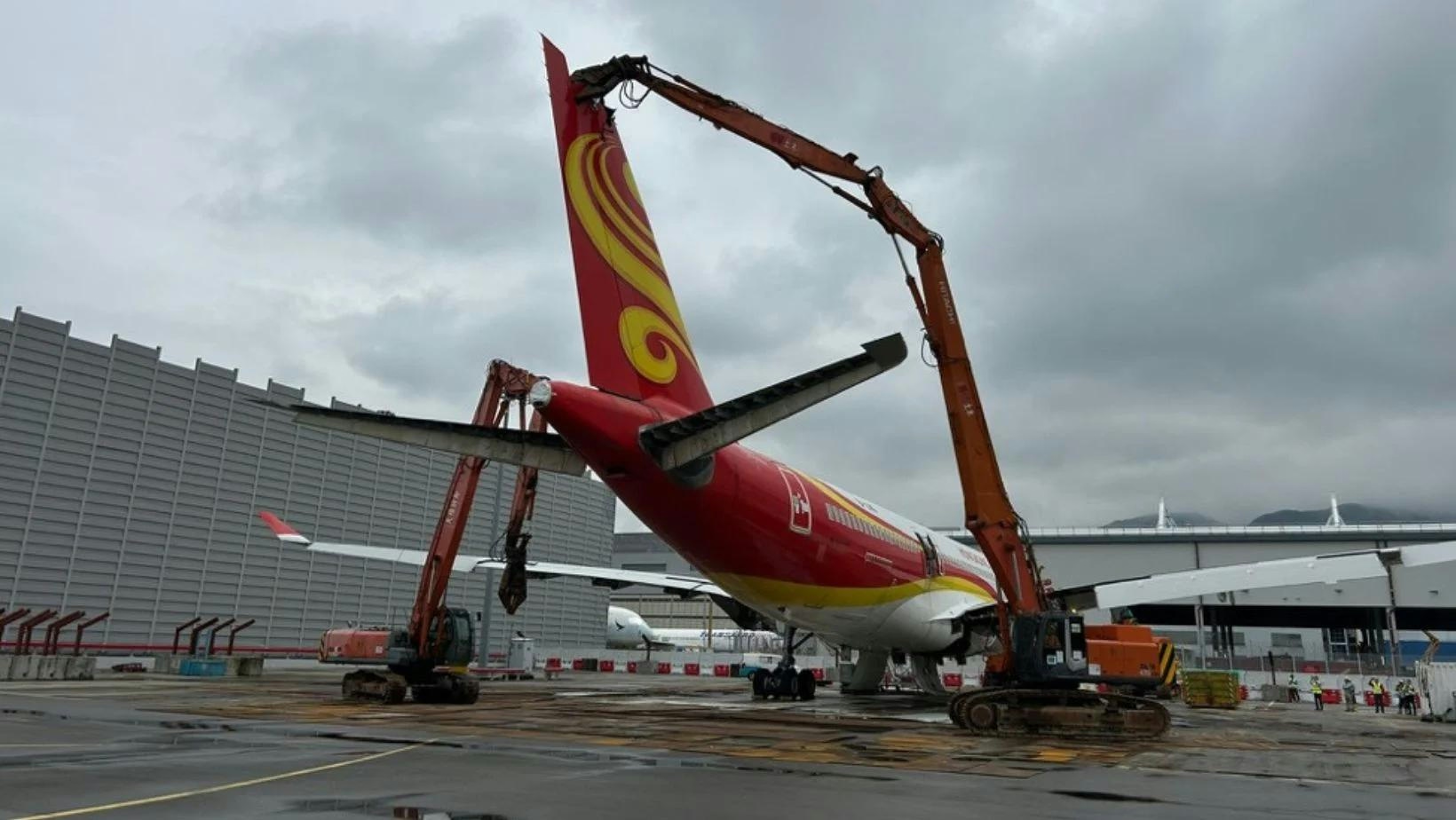
Smarter email, faster business.
Trending
Safran Introduces Digital Maintenance for Aircraft Cabins
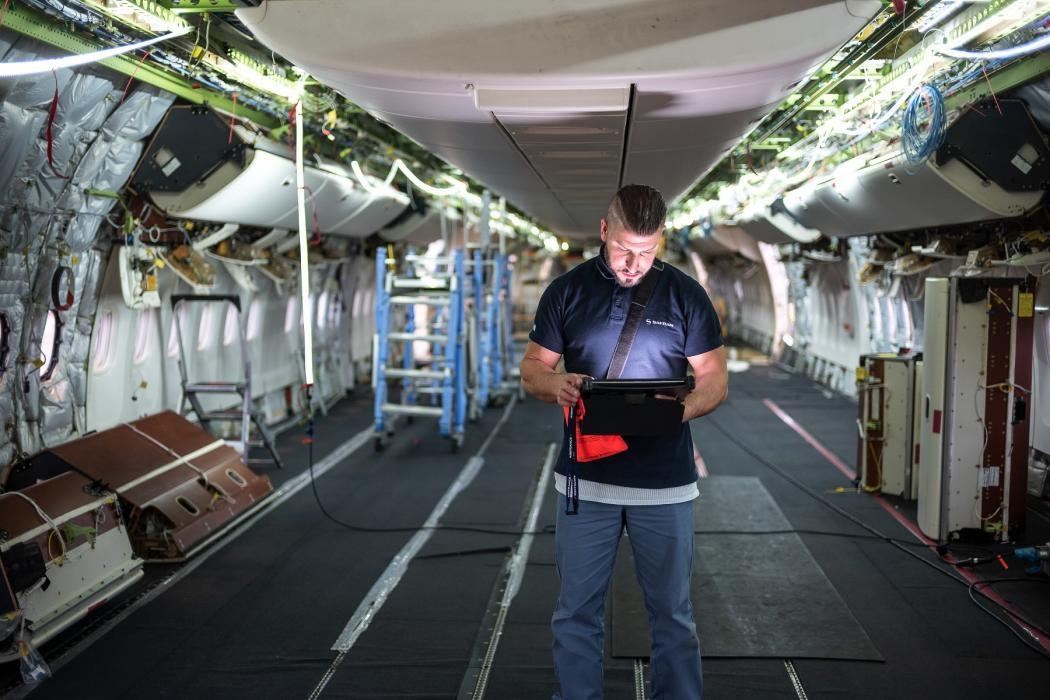
Safran Introduces Digital Maintenance for Aircraft Cabins
Safran has launched a pioneering digital maintenance solution aimed at enhancing the reliability and operational efficiency of aircraft cabin systems. Unveiled at the Aircraft Interiors Expo (AIX), this initiative underscores Safran’s dedication to advancing cabin technology through digital innovation, focusing on critical components such as galley equipment, lavatories, and premium seating.
Bridging the Cabin Data Divide
While digital monitoring has become standard practice for aircraft engines and landing gear, cabin systems have largely remained isolated from such advancements. Julie Imbert, product marketing director at Safran Cabin, described the cabin environment as “still a black box.” By enabling connected cabin systems to share real-time data on their condition, Safran aims to resolve longstanding challenges faced by both passengers and crew, improving overall service reliability and responsiveness.
Iotec: The IoT Edge Controller at the Core
Central to Safran’s digital maintenance strategy is Iotec, an Internet of Things (IoT) Edge Controller designed to autonomously gather data from various cabin systems. The initial deployment targets galley inserts such as coffee makers, lavatory equipment, and business- and first-class seating—areas where operational reliability is paramount and passenger expectations are highest. Imbert emphasized the reliance on smart products capable of generating actionable data, with potential future expansions to include non-digital equipment.
Iotec is a compact device installed throughout the cabin, which interacts seamlessly with crew members’ tablets via a background application. As crew pass by, the system transmits collected data, which is then uploaded to Safran’s cloud infrastructure whenever an internet connection is available, whether in flight or on the ground.
Advancing Maintenance Practices
The introduction of Iotec facilitates both preventive and corrective maintenance by providing precise, data-driven insights. For instance, sensors can detect increased power consumption in coffee makers caused by limescale buildup, triggering targeted alerts for descaling rather than relying on fixed maintenance schedules. In terms of corrective maintenance, Iotec dramatically reduces troubleshooting time. Imbert noted that identifying the source of a failure, which currently can take weeks, will be shortened to less than a day. The system leverages multiple sensor inputs to contextualize errors, enabling maintenance teams to address root causes efficiently.
Market Readiness and Future Development
Currently at technology readiness level 6, Iotec is sufficiently mature for product development and integration. Operators have the option to augment newer equipment with additional sensors to broaden system coverage. Safran is actively seeking a launch customer and, following successful ground testing, plans to initiate flight trials in collaboration with airframers and airlines. Certification is targeted for 2026.
Industry Challenges and Commercial Outlook
Despite the clear benefits of improved reliability and reduced downtime, Safran must navigate potential challenges including supply chain disruptions, integration with existing maintenance workflows, and competition from other providers developing similar digital maintenance solutions. Nonetheless, early market responses are anticipated to be favorable given the operational efficiencies and enhanced passenger experience that Iotec promises.
Safran intends to offer Iotec as a service, with pricing linked to reductions in carriers’ total cost of ownership. By adopting this solution, airlines can expect accelerated maintenance processes, cost savings, and improved cabin system reliability, all contributing to a more connected and efficient air travel experience.
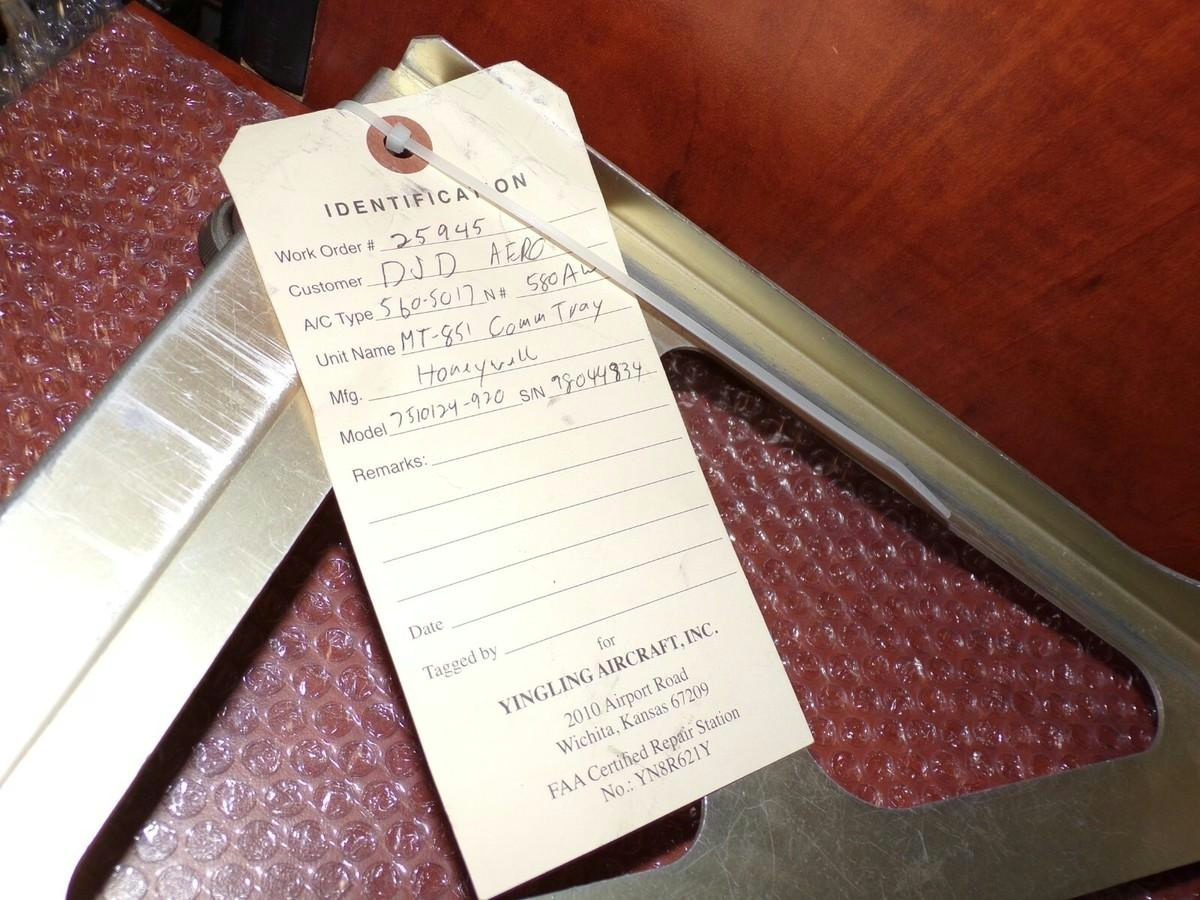
Yingling Aviation Named Authorized Honeywell Dealer
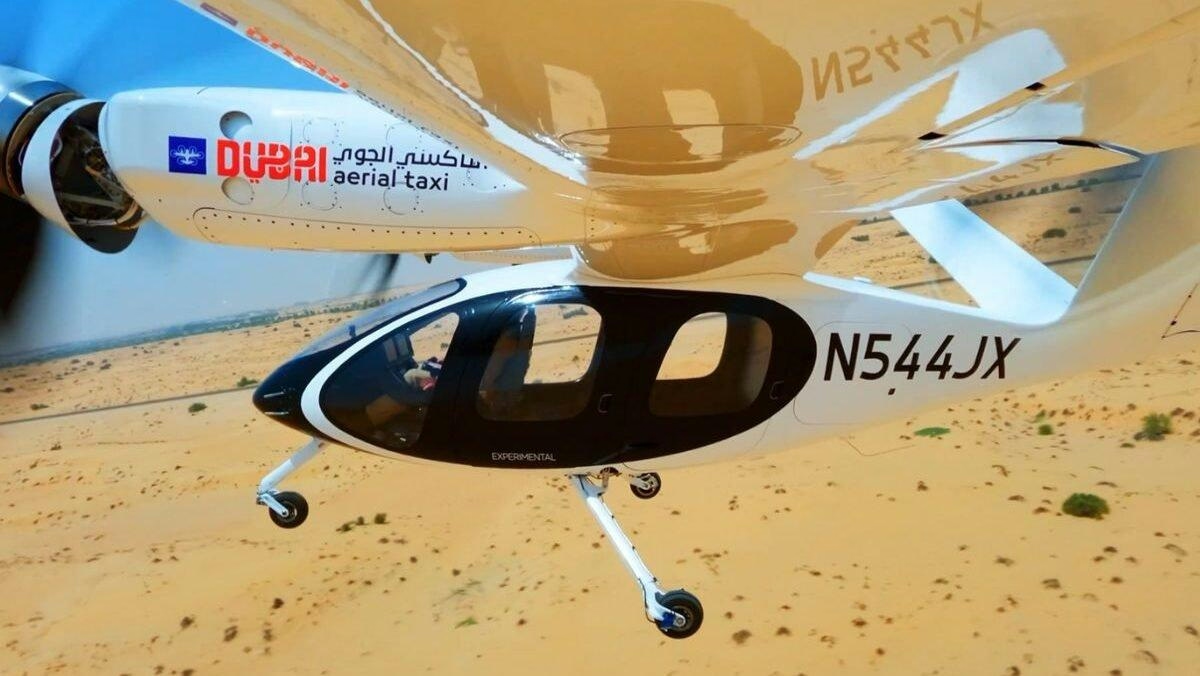
Does Joby Aviation's Milestone in Dubai Point Toward Further Growth?
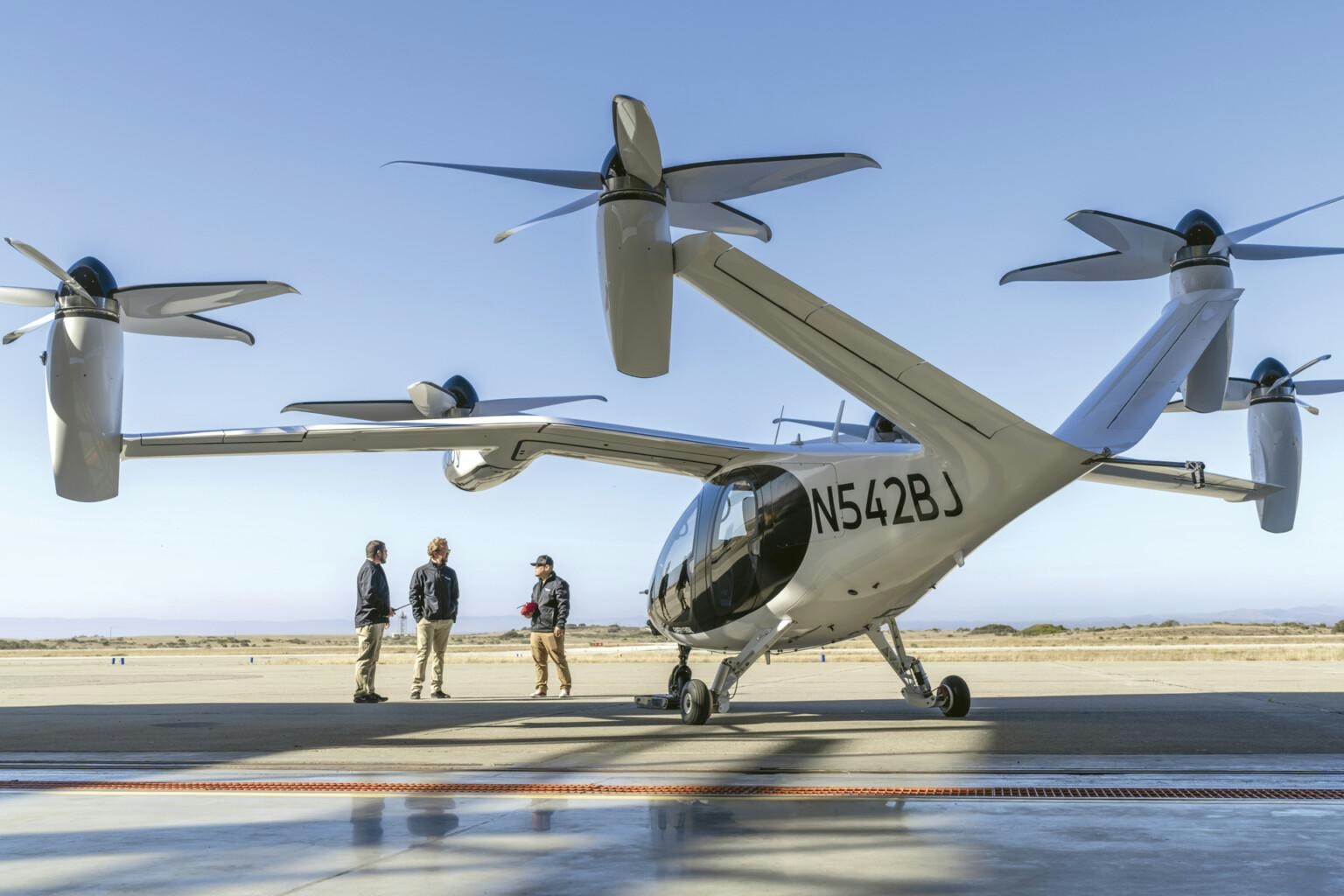
New Invention Promises to Eliminate Airplane Emissions in Country
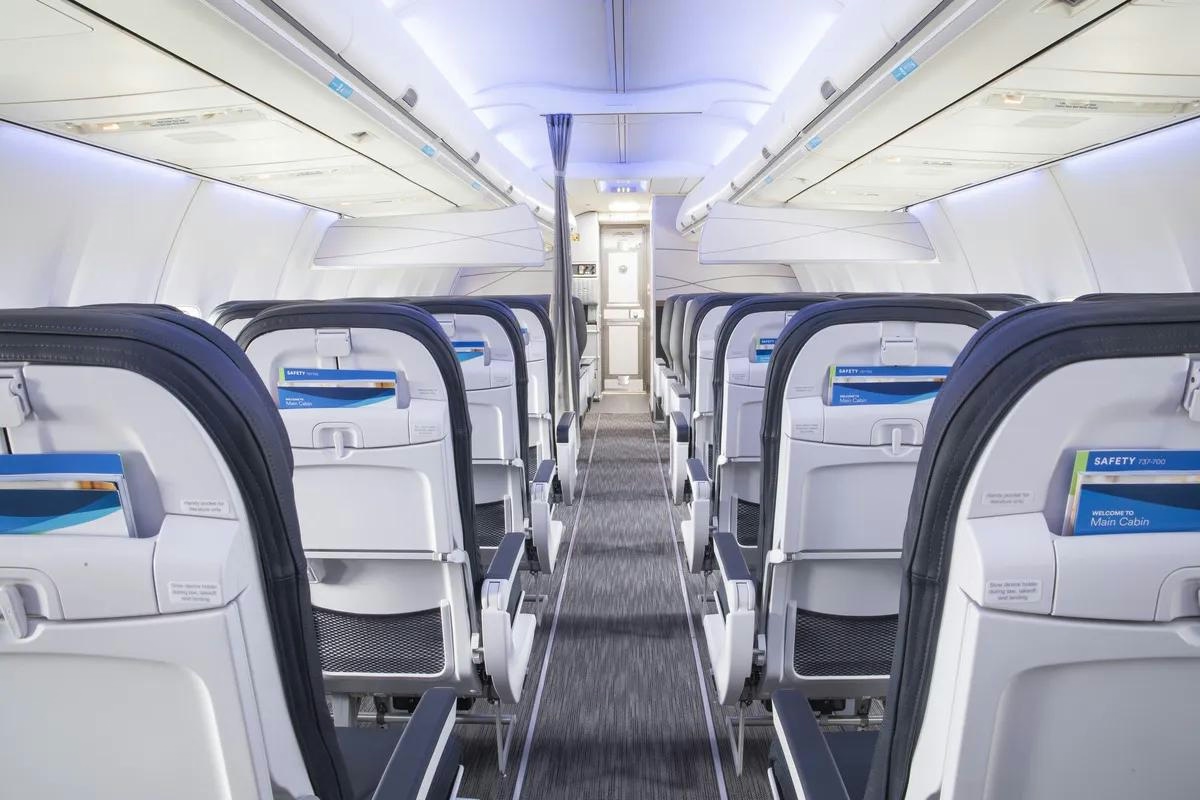
Key Questions on Chinese Travel, AI, and Airlines Answered by Skift
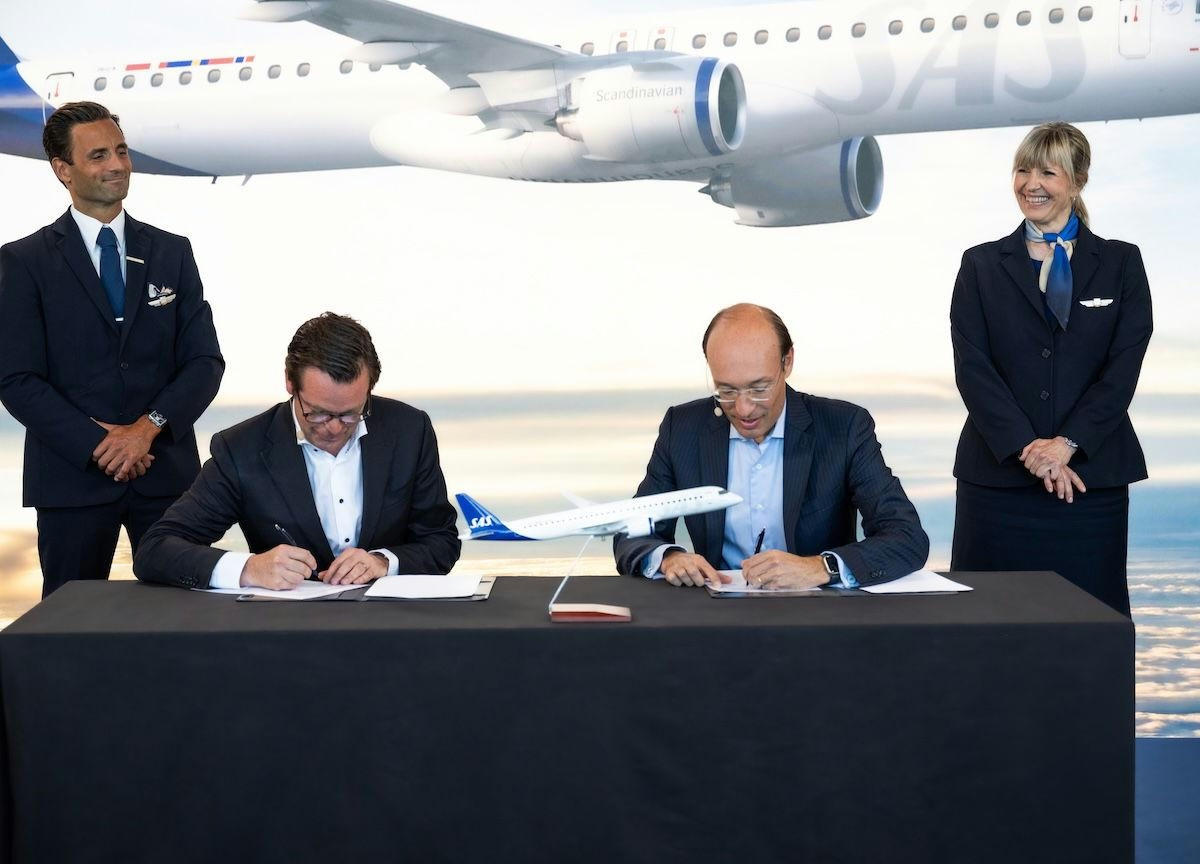
SAS Orders Up to 55 Embraer E195-E2 Jets
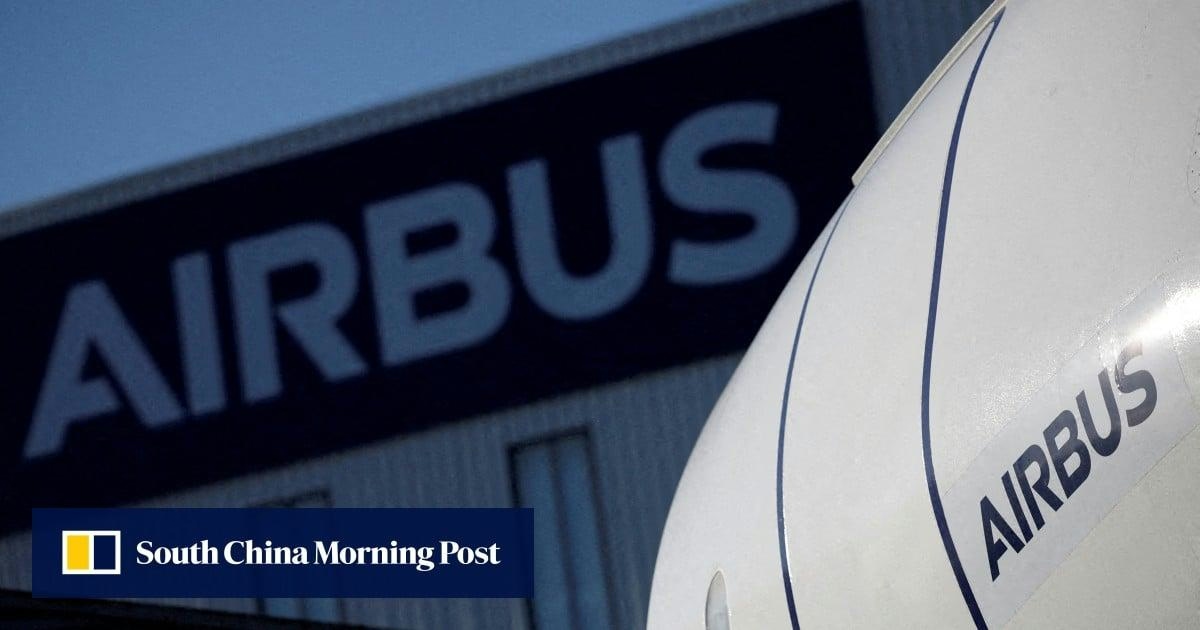
China edges closer to Airbus mega-deal, leaving Boeing out in the cold: analysts
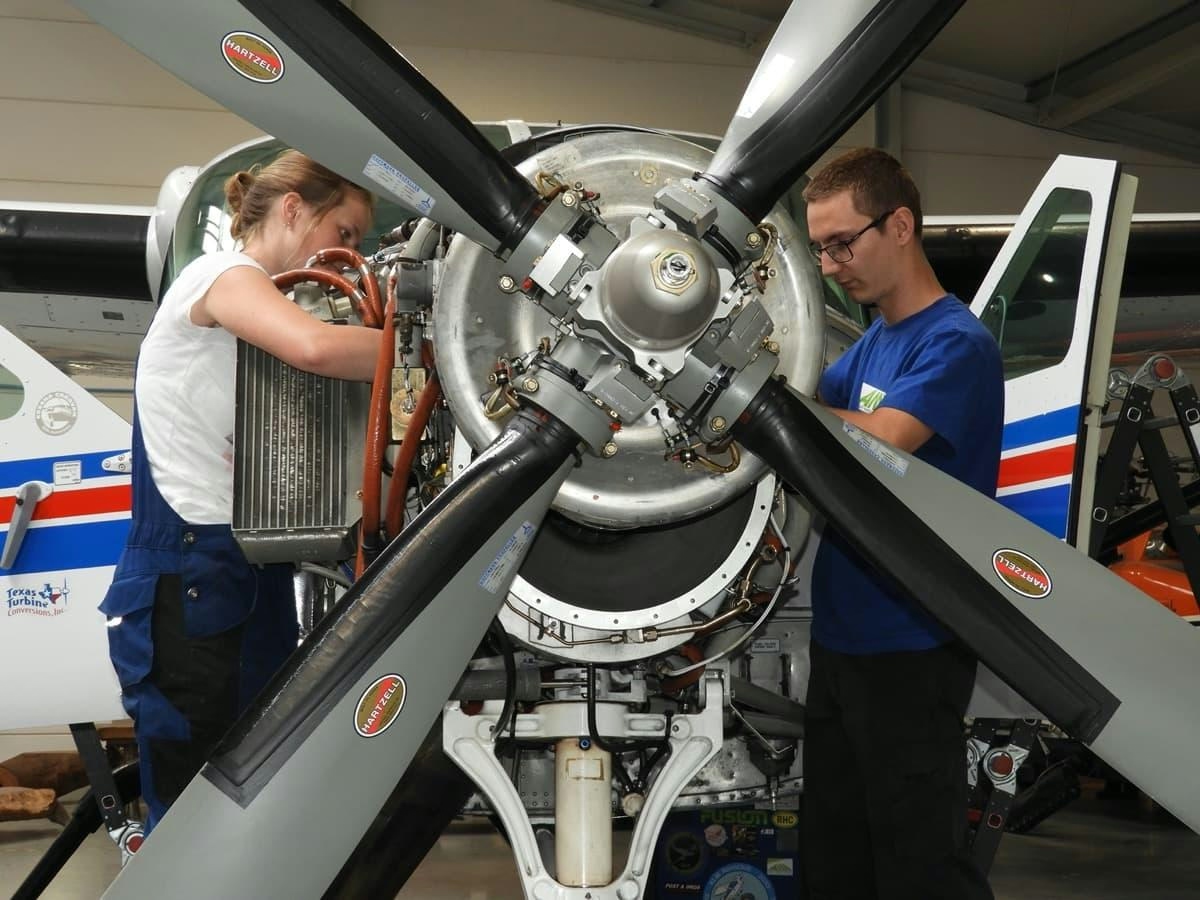
Rano Air Collaborates with Aviation Authorities to Investigate In-Flight Engine Malfunction

Portugal Hosts Aviation Pioneers at World Aviation Festival in Lisbon

World Star Aviation Backs XMAL’s First Lease Deal with easyJet
